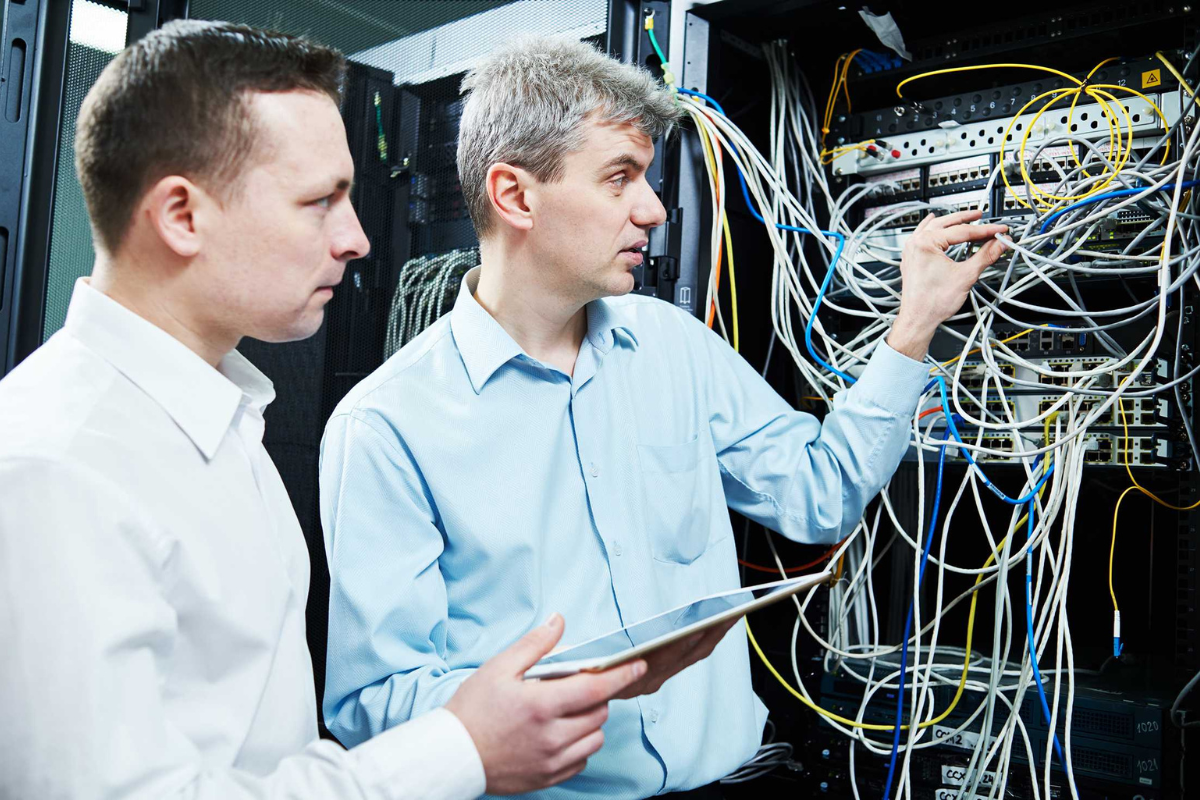3D Printing 101
Additive manufacturing or 3D printing as it is more commonly known, is one of many varied processes that is used to manufacture a three dimensional object. Principally, for 3D printing, a computer is used to control the process wherein successive layers of material are laid down to form any shape.
The first step of the process is to create a virtual design of the piece to be printed out. There are two ways to achieve this, through creating a file using a 3D modeling program or through 3D scanning. The first is primarily used to create new shapes or objects and the latter is often used to scan existing objects slated for replication or reproduction.
Once a digital file is created, it is then prepared for printing. This is done by “slicing” the final 3D virtual model into hundreds or sometimes even thousands of horizontal layers. This step in the process allows the object to be printed layer by layer. The 3D printer then blends each layer as seamlessly as possible resulting in a three dimensional printout.
Currently, there are 7 different 3D technologies being used:
- Vat Photopolymerisation – this method uses container filled with photopolymer resin which is hardened using a UV light source.
- Material Jetting – this method works similarly to that of an inkjet paper printer wherein material is applied in droplets through a small nozzle, applied layer by layer onto a build platform then hardened by a UV light source until a 3D printout or object is completed.
- Binder Jetting – this method uses two source materials: a powder based substance and a liquid binder. The powder is spread in equal layers onto the build chamber and the binder is applied that acts as glue. This is also done layer by layer until the object is completed.
- Material Extrusion – the most commonly known technology is this process is fused deposition modeling or FDM in which a metal wire or a plastic filament is fed through a heated nozzle that melts and distributes the materials, layer upon layer until it hardens to produce the desired object.
- Powder Bed Fusion – this 3D printing technology uses a high power laser which fuses small particles of various materials such as plastic, metal and or glass powder into the desired shape. This is also done layer by layer on the surface of the powder bed.
- Sheet Lamination – this method involves metal, paper or polymer sheets that are ultrasonically welded (or in the instance of paper, glued) together layer by layer after which a CNC mills the layers into the desired shape.
- Directed Energy Deposition – in this method, metal powder or wire is deposited via a nozzle attached to a multi-axis robotic arm on a surface which is then melted by an energy source such as a laser or electron beam that forms the desired object.
There are numerous real life applications that benefit directly from this technology. There are instances where 3D printing has produced more affordable prostheses for those with missing limbs. Some tech and manufacturing companies rely on 3D printing in producing prototypes.











